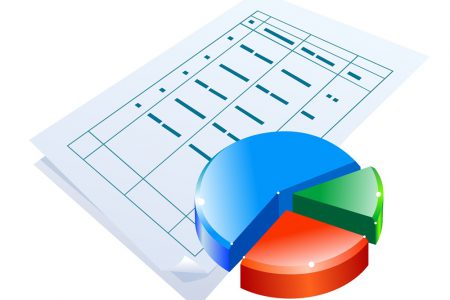Hydraulics: Routine Maintenance
Describe what routine maintenance is and state its purpose. Describe four steps involved in establishing a routine maintenance program. Describe personal protective equipment and clothing that should be worn by personnel performing routine maintenance tasks. Identify hazards of hydraulic fluid spills and describe one method of cleaning up a spill. Describe what is generally meant by lockout and tagout and describe the purpose of such a procedure. List components that are typically checked during a visual inspection and explain why they are checked. Describe problems to look for during a visual inspection of fluid lines on an operating hydraulic system. Identify areas where fluid leaks are commonly found and describe possible causes. Describe the term starving the pump and identify one possible cause. Explain what a sounding rod is and describe specific conditions or malfunctions that can cause components to make unusual sounds. Define the term hot spot and explain how hot spots can be detected in a hydraulic system. List possible causes of excessive vibration in a hydraulic system and list some possible results of this problem. Describe two types of contaminants that are typically found in hydraulic fluid and identify likely causes of each. Describe how filters and strainers are maintained and explain why they must be maintained. Describe a procedure for cleaning a hydraulic reservoir and explain the purpose of this task. Explain the purpose of checking the charge of a nitrogen-charged accumulator. Describe a procedure for cleaning an air-cooled heat exchanger and explain why this is necessary.


